Confessions of a Campaign ‘Advance Man’
A political campaign’s advance person is supposed to be invisible. But if you look closely, you see them everywhere.
Lighting that brightens a politician’s face in a dimly lit room, making it pop in photographs on the front page the next day. Splurging on signs that feature the candidate’s name on both the front and the back so the TV cameras pick it up regardless of what angle they’re shooting from. Finding just the right kid who will smile behind the elected official during a rally — and definitely not yawn.
These and a zillion more tiny details are what keep people like Doug Landry up at night. He’s an “advance man” — someone who travels in advance of candidates to set up everything you see when they appear on TV, from stages and lighting to signage and hay bales. (It’s the kind of old-fashioned retail politicking that’s happening less in a Trump-dominated cycle.) “I describe it as the best job in politics that nobody has really ever heard of,” he says. Landry has worked on hundreds of events and trips for politicians, including President Joe Biden’s drive-in fireworks show after the Democratic National Committee convention. He got his start on Hillary Clinton’s 2008 presidential campaign, and now he runs his own firm, 50 Thirteen, which does event consulting for Democrats like Sen. John Fetterman of Pennsylvania and Rep. Barabara Lee, who’s running for Senate in California.
He’s also weighed in on the GOP primary’s advance work on X, formerly known as Twitter, grading each Republican for their launch days. (Read on to find out who’s killing it and who’s falling flat.) We asked him to help us pull back the curtain on this little-known universe, sharing his insights into how a town hall or a meet-and-greet can yield evidence for how professional — or not — a candidate’s campaign truly is.
This interview has been edited for clarity and brevity.
Schneider: Can you run through some of the biggest events you’ve worked on that people might be familiar with?
Landry: The biggest one that hopefully most people saw was the fireworks in Wilmington, Delaware, after Joe Biden's convention speech at our weird outdoor parking lot drive-in show. That was the first time we tried it out. It obviously worked really well. We took that show on the road for the rest of the general election.
I also did the Amtrak train tour after the first debate. Joe Biden hopped on a train in Cleveland and took it through Ohio and Pennsylvania. This was still the height of Covid, so a lot of precautions to get on a train with him to keep all of that safe. And the very, very last event of the campaign was a Lady Gaga concert outside Heinz Field in Pittsburgh.
Schneider: What’s the best piece of advance work you’ve ever seen from a campaign?
Landry: There’s two bests. There’s, “What is the very prettiest picture you can do?” And there's dozens of examples of those. Go back to Bill Clinton in front of the Grand Canyon signing legislation or Barack Obama under the St. Louis arch with 80,000 people.
But then there's also a category of, “Where did the advanced team make the most difference?” And, it’s a really sad example, but I think that Hillary Clinton's 2016 concession speech is probably one of the best recent examples. Everyone expected her to be speaking on this unbelievable stage. She was going to be in the atrium of the Javits Center with a glass ceiling on a stage shaped like America........
© Politico


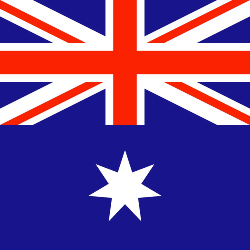

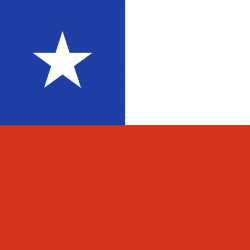








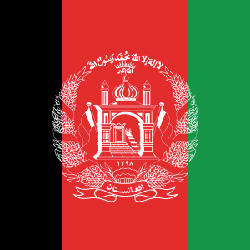




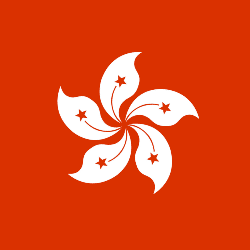



 Toi Staff
Toi Staff Andrew Mitrovica
Andrew Mitrovica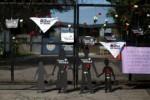 Belen Fernandez
Belen Fernandez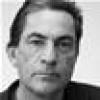 Gideon Levy
Gideon Levy Warren J. Blumenfeld
Warren J. Blumenfeld Rachel Marsden
Rachel Marsden Tarik Cyril Amar
Tarik Cyril Amar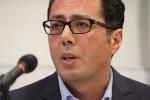 Dr Ramzy Baroud
Dr Ramzy Baroud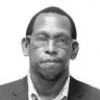 Patrick Gathara
Patrick Gathara Brad Glosserman
Brad Glosserman
